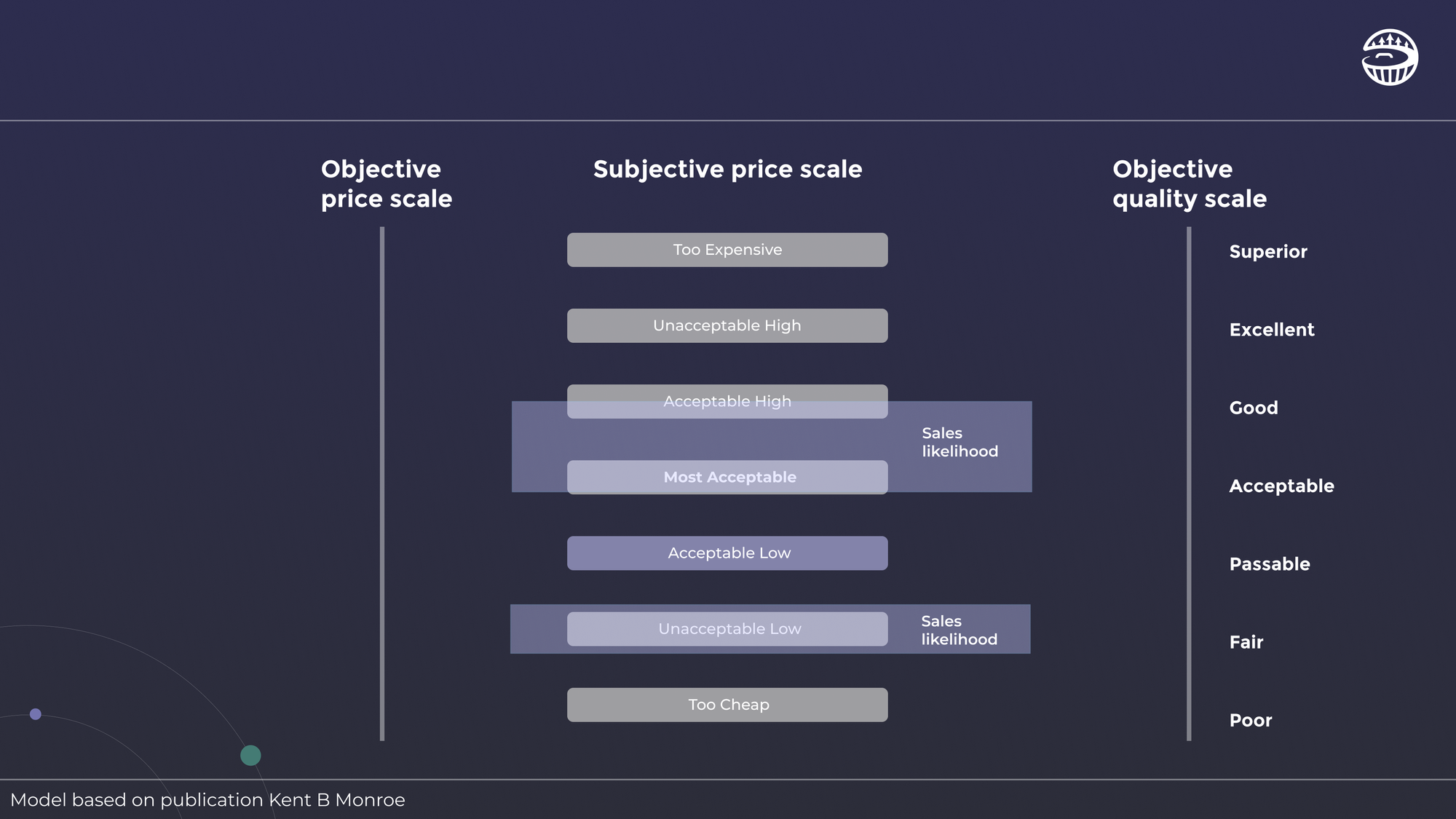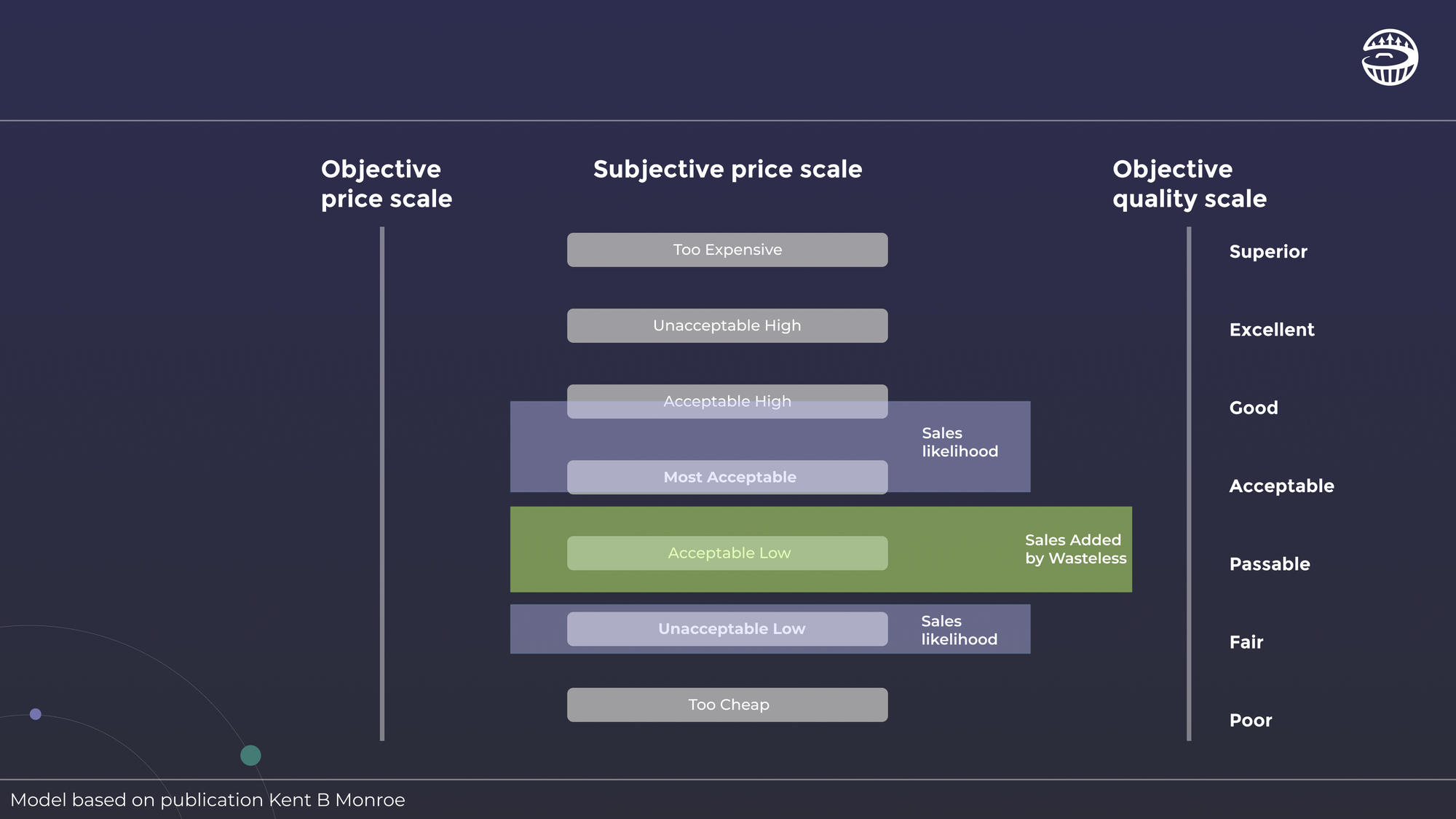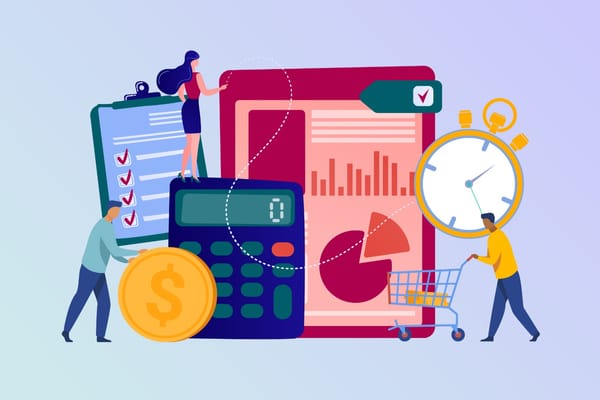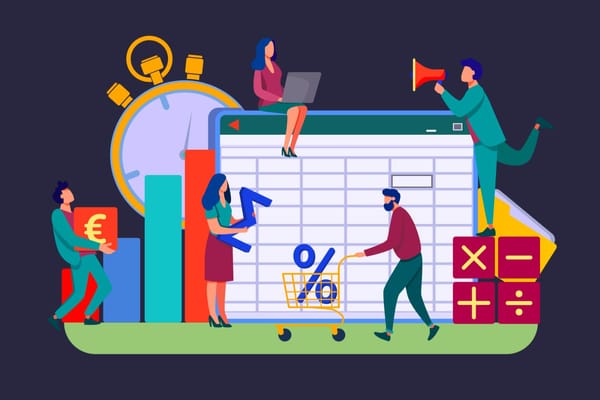The dark side of the (last) noon.

On losing the potential of last day markdowns.
A short story
Once, there was a guy who was not only a real cheapskate but also quite lacking in time management skills. Every afternoon, he drove a few miles to his local supermarket to pick up all the “last-day” discounted leftovers he could find; the more discounted, the better. He was so pleased to find such an abundance of bargains that he usually bought twice as much as he needed in the first place and, of course, ended up spending more than he planned, throwing away the fast-expiring, unused produce cramming his tiny kitchen.
However, most of us behave differently, well... “normally”, and we almost always connect our purchasing decisions to the invisible catalogue price kept inside our minds. These prices, stamped in our perception, serve as reference points that are very hard to shake off, thus named “reference prices.”
It is time to closely examine our inner dialogue with this imaginary catalogue, shall we?
Introducing the subjective price scale
Imagine this: You walk into your local supermarket and immediately spot those distinctive stickers—40%, 50%, 60% off! "Get it today while terms last!" the yellow labels seem to scream. And the next thing you know, you find yourself drowning in a "Sea of Yellows," as some retailers like to say.
Now, let's return to your consumer mindset; you notice these aggressively reduced prices and ponder: "Will I actually be able to prepare these funky-looking chicken thighs by tomorrow?" or "Do I really need this?". Some shoppers, such as our friend mentioned earlier, will fill their carts with such discounted "treasures," thinking to themselves, if the original cost was $8.50 and now it's $4.25, then I've found a true bargain!
But what should YOU do?
Let's map common consumer behavior onto the subjective price scale graph, as originally introduced by Kent B. Monroe in several studies and publications. Typically, consumers purchase items falling within the range from "Most Acceptable" to "Acceptably High" prices. Additionally, some consumers are drawn to heavily discounted items, those offered with a very significant markdown.

Creating opportunities by influencing consumer perceptions
The scenario above entails a significant opportunity that's often overlooked by both consumers and retailers, found within the gap of the "sales likelihood" areas. This is the sweet spot where AI-driven markdowns can truly shine.
Returning to our imaginative journey: Picture yourself walking back into that supermarket, but this time, you discover a PERFECTLY GOOD ITEM at a modest discount. Consider how this may alter your subjective price scale. Does it tempt you more into making the purchase?

The tale’s end
Years of experimentation have revealed dead spots within the subjective price scales. These dead spots represent lost revenue for retailers, unfavorable deals for consumers, and missed environmental opportunities. Fortunately, all of these issues can be easily addressed with the Wasteless AI-based markdown technology.





